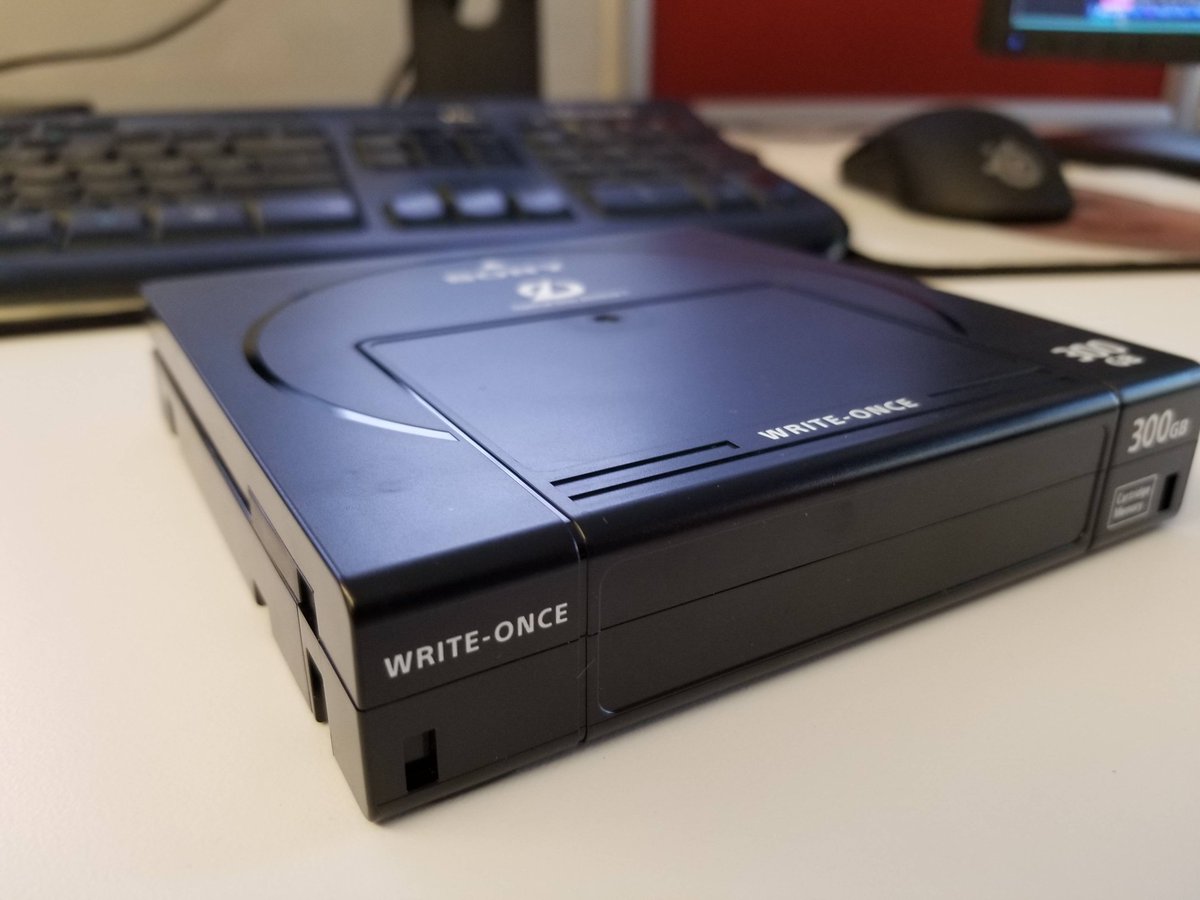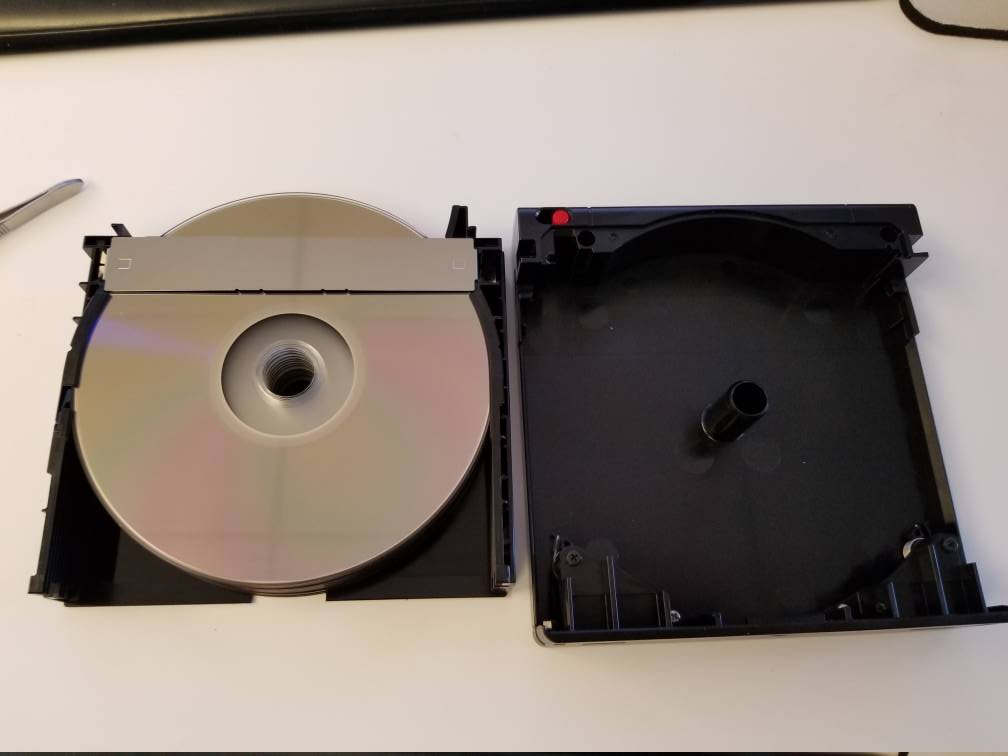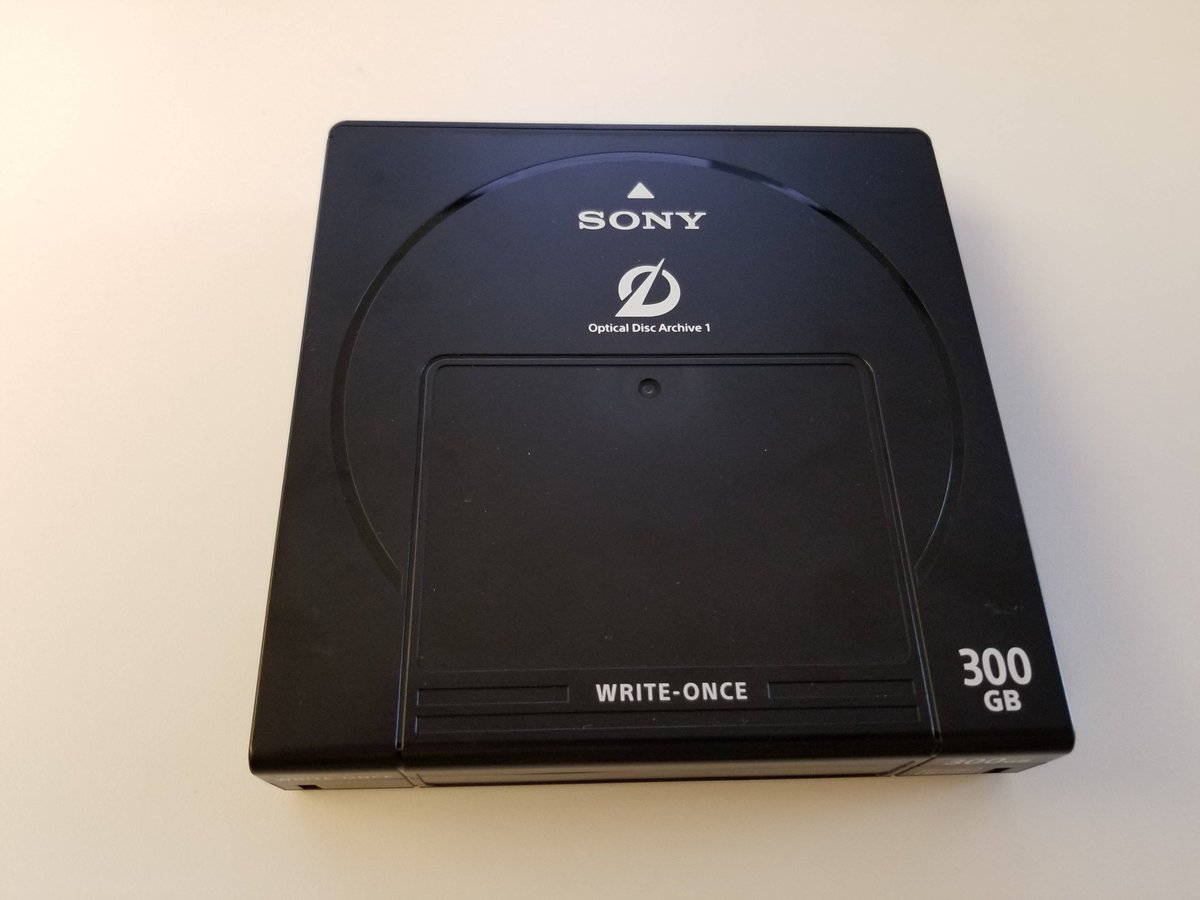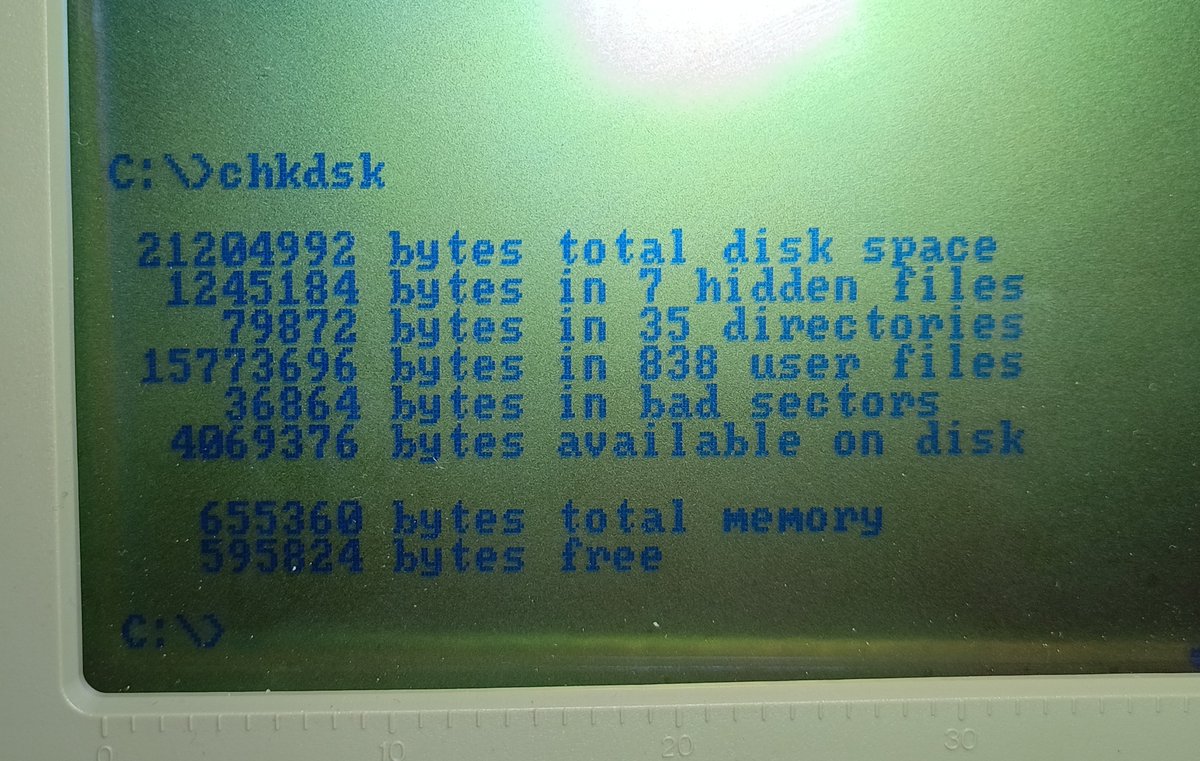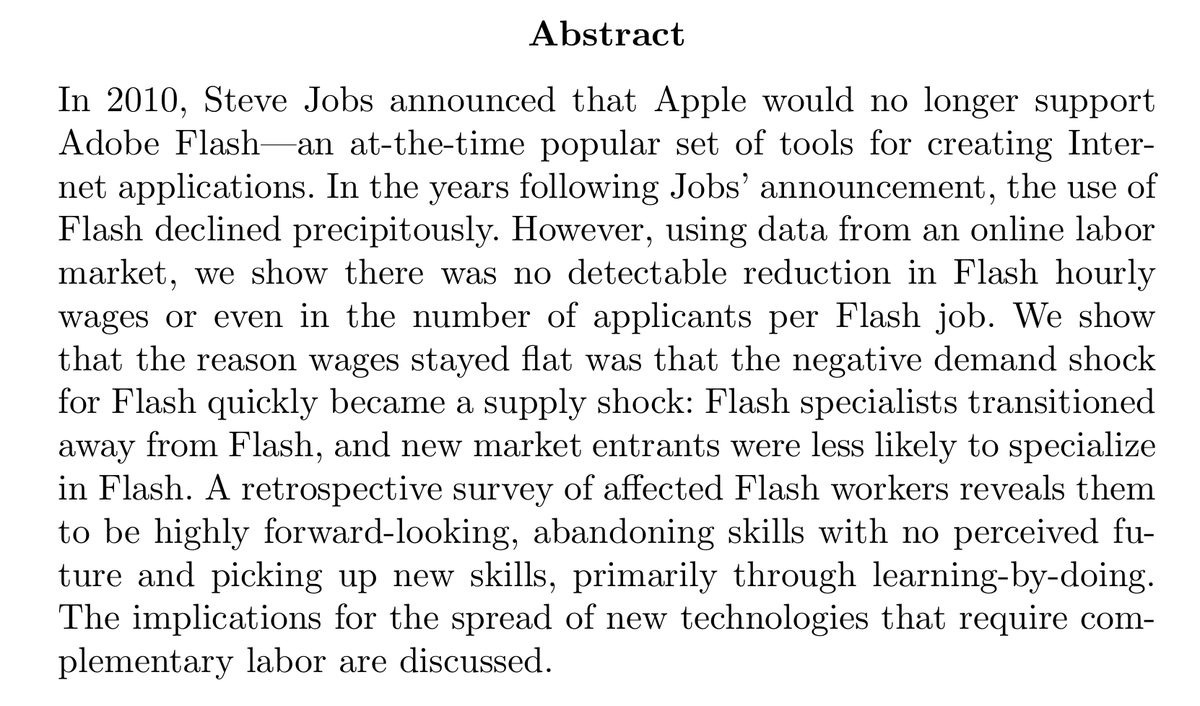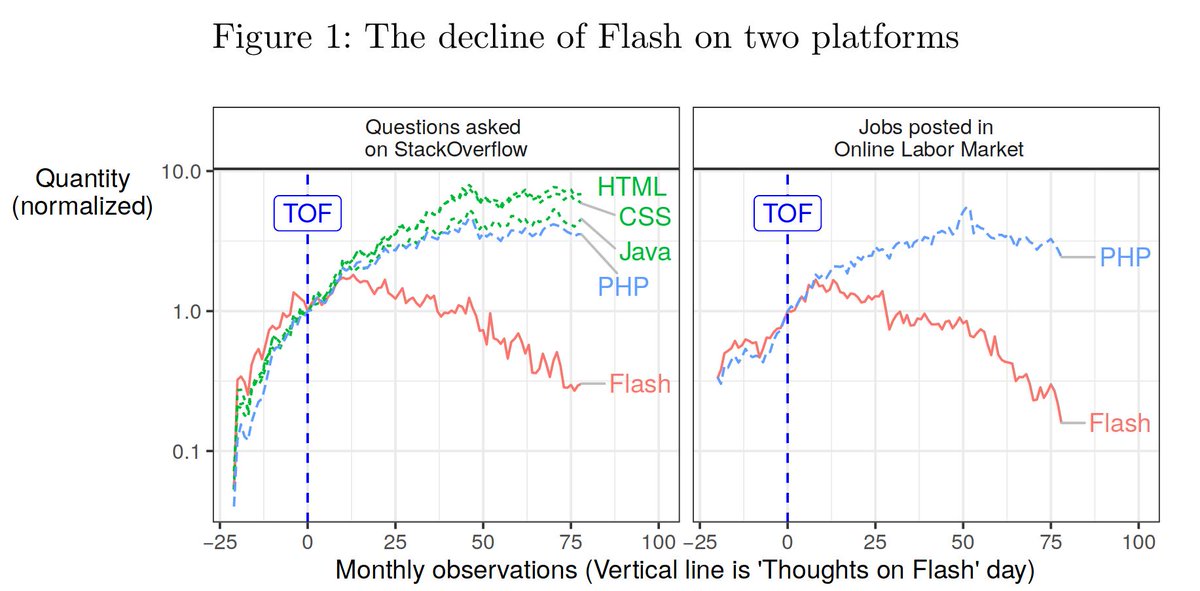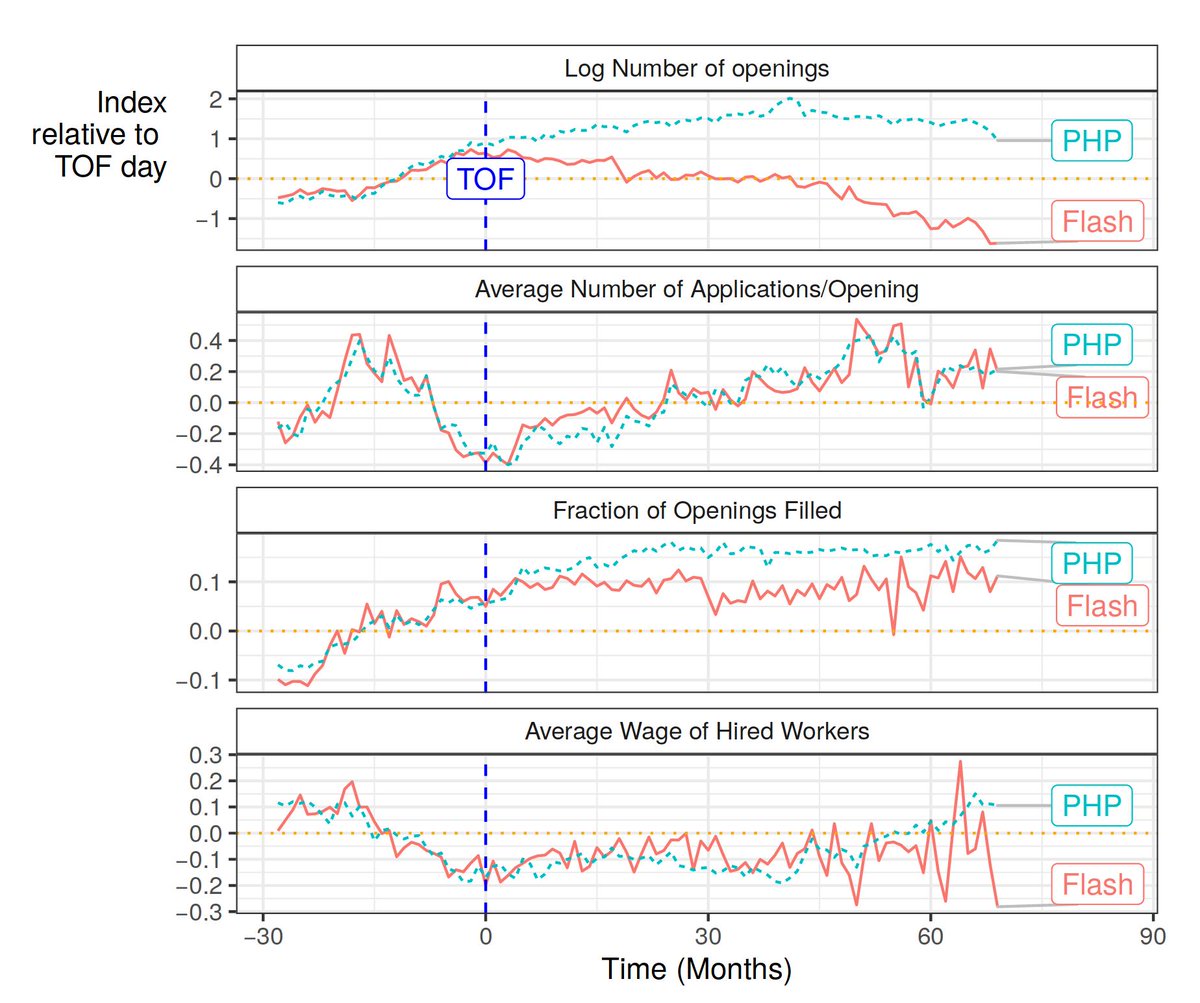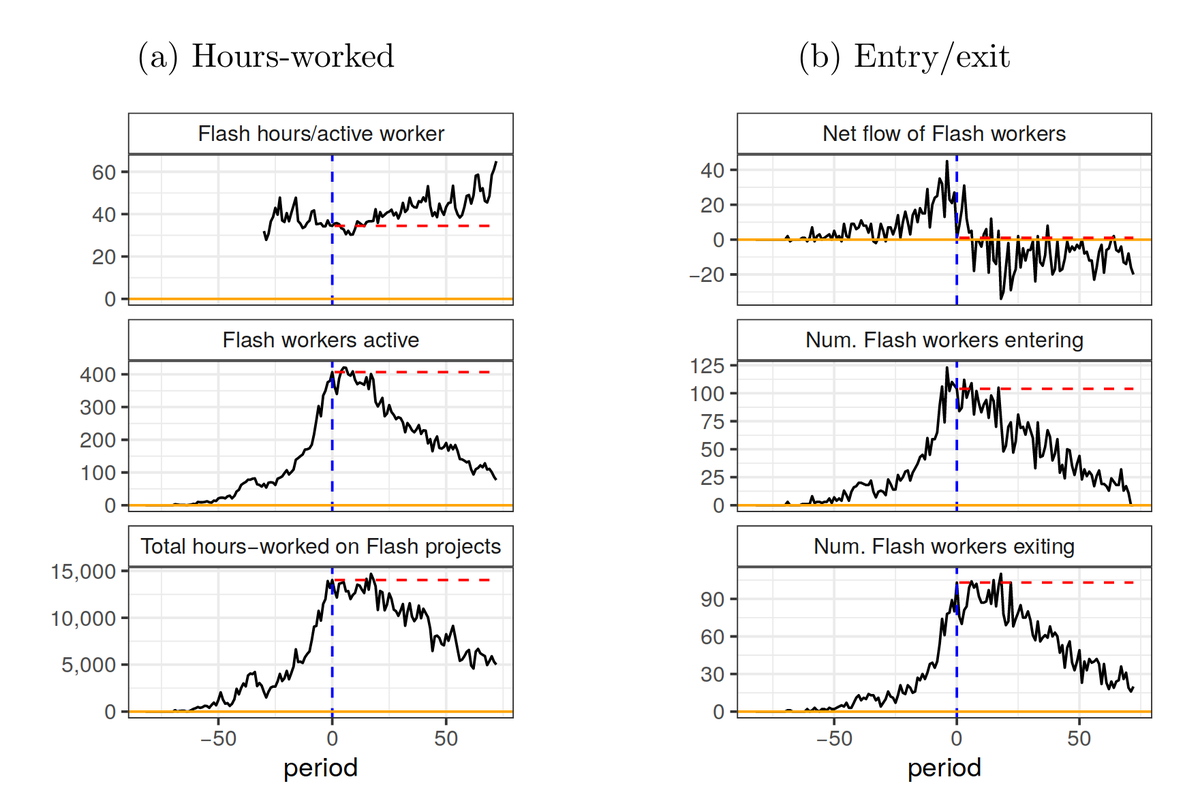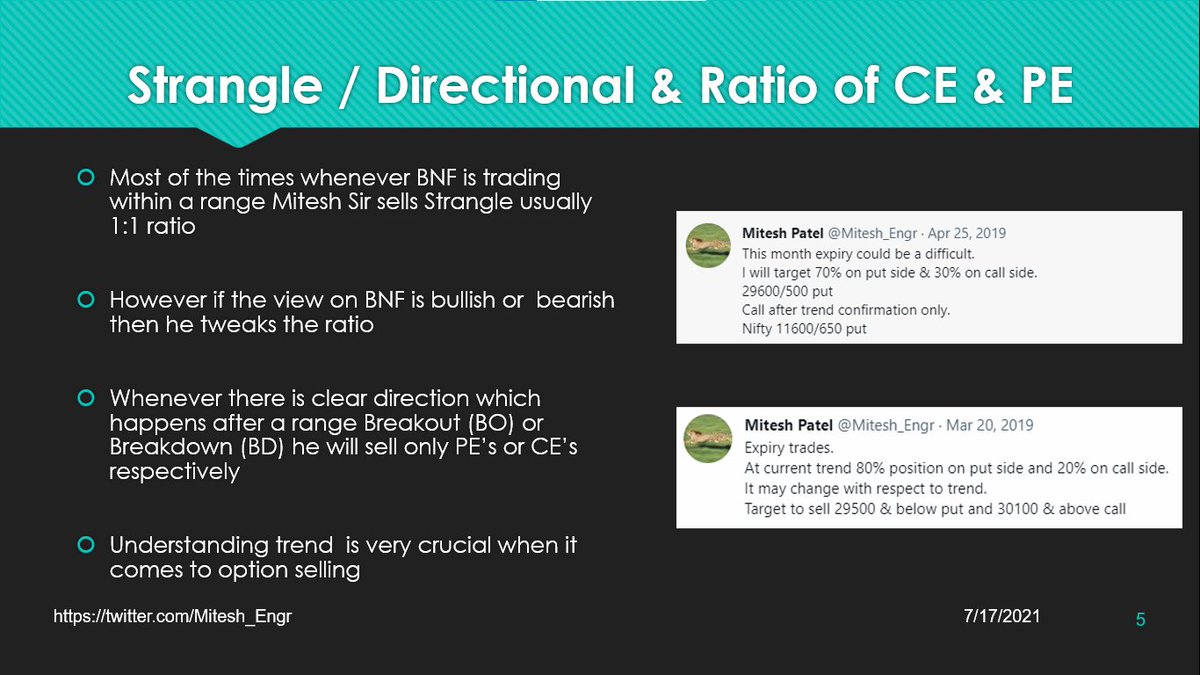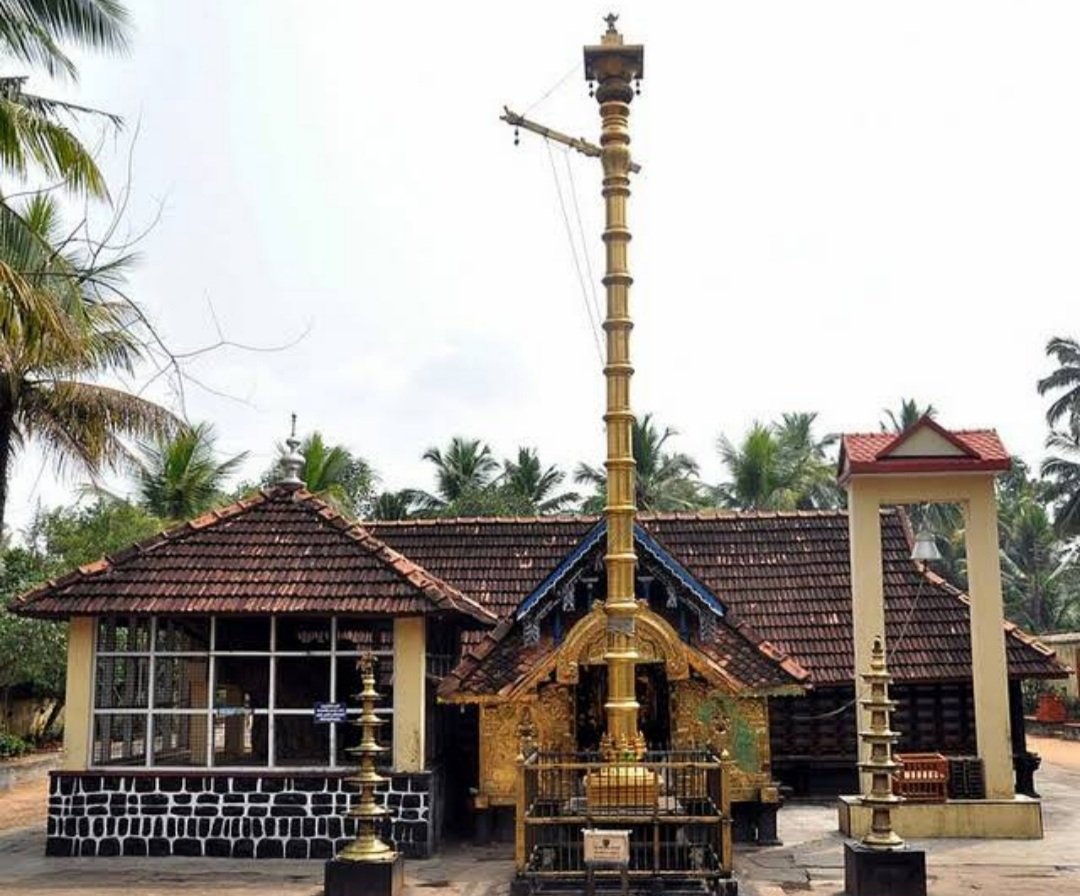
I went looking for a remote-controlled power switch (the wireless christmas kind, not the modern IoT kind) and didn't find it, but I did find this thing I bought just to figure out why it exists.
It's a timer outlet, but you program it from your phone... but it's not wireless.

probably because iphone dropped the headphone port and they had to get with the 21st century and make it bluetooth

I guess the thing saves settings when turned off, because you have to unplug it to push the reset button.
Specs: up to 10 amps for a resistive load, and up to 5 amps for a tungsten load.

That's putting some serious trust in your SEO, man

although it tries to sell me a bunch of unrelated movies first?

one of my favorite things to do is to look up the ratings on IoT apps... they're never good.

make calls, and access all your files.
and if you deny it, it just dumps you in the settings page to fix permissions, with no message.


We've got a CPU and two smaller chips. Probably one is some kind of communication chip, and the other is a flash chip for storing settings?

L isn't connected... I think that means there's a version of this that can control two outlets at once, not just one.

I do like that they keep all the high-voltage AC stuff separate from the low-voltage DC stuff.
Cheaper versions of this would have just had one PCB.


AND IT'S AN 8051! EVERYONE TAKE A DRINK

because it has a battery, yeah.

because it can tell it's not connected properly, in this emulator I'm using

it sounds like (NO PUN INTENDED) it has a protocol of simple tones that it plays at the device.

android historically has had a AudioManager.isWiredHeadsetOn api which tells you if the 3.5mm jack is connected.
So it may just be detecting there's no headphones plugged in to my emulator.


CT is "current time" as an integer of how many minutes it is into the day, and CD is the day of the week.

(it's using Monday = 001, and counting up from there)

uhhh. I'm not sure I'm awake enough to figure this out, but... it starts by padding up to a multiple of 8 bits.

then it converts that to a binary number, and pads it out (on the left this time) to 8 bits
if it is, it adds a 1?
More from foone
More from Tech
The entire discussion around Facebook’s disclosures of what happened in 2016 is very frustrating. No exec stopped any investigations, but there were a lot of heated discussions about what to publish and when.
In the spring and summer of 2016, as reported by the Times, activity we traced to GRU was reported to the FBI. This was the standard model of interaction companies used for nation-state attacks against likely US targeted.
In the Spring of 2017, after a deep dive into the Fake News phenomena, the security team wanted to publish an update that covered what we had learned. At this point, we didn’t have any advertising content or the big IRA cluster, but we did know about the GRU model.
This report when through dozens of edits as different equities were represented. I did not have any meetings with Sheryl on the paper, but I can’t speak to whether she was in the loop with my higher-ups.
In the end, the difficult question of attribution was settled by us pointing to the DNI report instead of saying Russia or GRU directly. In my pre-briefs with members of Congress, I made it clear that we believed this action was GRU.
The story doesn\u2019t say you were told not to... it says you did so without approval and they tried to obfuscate what you found. Is that true?
— Sarah Frier (@sarahfrier) November 15, 2018
In the spring and summer of 2016, as reported by the Times, activity we traced to GRU was reported to the FBI. This was the standard model of interaction companies used for nation-state attacks against likely US targeted.
In the Spring of 2017, after a deep dive into the Fake News phenomena, the security team wanted to publish an update that covered what we had learned. At this point, we didn’t have any advertising content or the big IRA cluster, but we did know about the GRU model.
This report when through dozens of edits as different equities were represented. I did not have any meetings with Sheryl on the paper, but I can’t speak to whether she was in the loop with my higher-ups.
In the end, the difficult question of attribution was settled by us pointing to the DNI report instead of saying Russia or GRU directly. In my pre-briefs with members of Congress, I made it clear that we believed this action was GRU.
What an amazing presentation! Loved how @ravidharamshi77 brilliantly started off with global macros & capital markets, and then gradually migrated to Indian equities, summing up his thesis for a bull market case!
@MadhusudanKela @VQIndia @sameervq
My key learnings: ⬇️⬇️⬇️
First, the BEAR case:
1. Bitcoin has surpassed all the bubbles of the last 45 years in extent that includes Gold, Nikkei, dotcom bubble.
2. Cyclically adjusted PE ratio for S&P 500 almost at 1929 (The Great Depression) peaks, at highest levels except the dotcom crisis in 2000.
3. World market cap to GDP ratio presently at 124% vs last 5 years average of 92% & last 10 years average of 85%.
US market cap to GDP nearing 200%.
4. Bitcoin (as an asset class) has moved to the 3rd place in terms of price gains in preceding 3 years before peak (900%); 1st was Tulip bubble in 17th century (rising 2200%).
@MadhusudanKela @VQIndia @sameervq
My key learnings: ⬇️⬇️⬇️
Bubble or Bull Market? Join us for a short presentation and candid one on one on 27th Jan, 4pm with Shri \u2066@MadhusudanKela\u2069. \u2066@VQIndia\u2069 \u2066@sameervq\u2069 #bubbleorbullmarket pic.twitter.com/LBvlBrz6mS
— Ravi Dharamshi (@ravidharamshi77) January 24, 2021
First, the BEAR case:
1. Bitcoin has surpassed all the bubbles of the last 45 years in extent that includes Gold, Nikkei, dotcom bubble.
2. Cyclically adjusted PE ratio for S&P 500 almost at 1929 (The Great Depression) peaks, at highest levels except the dotcom crisis in 2000.
3. World market cap to GDP ratio presently at 124% vs last 5 years average of 92% & last 10 years average of 85%.
US market cap to GDP nearing 200%.
4. Bitcoin (as an asset class) has moved to the 3rd place in terms of price gains in preceding 3 years before peak (900%); 1st was Tulip bubble in 17th century (rising 2200%).


















